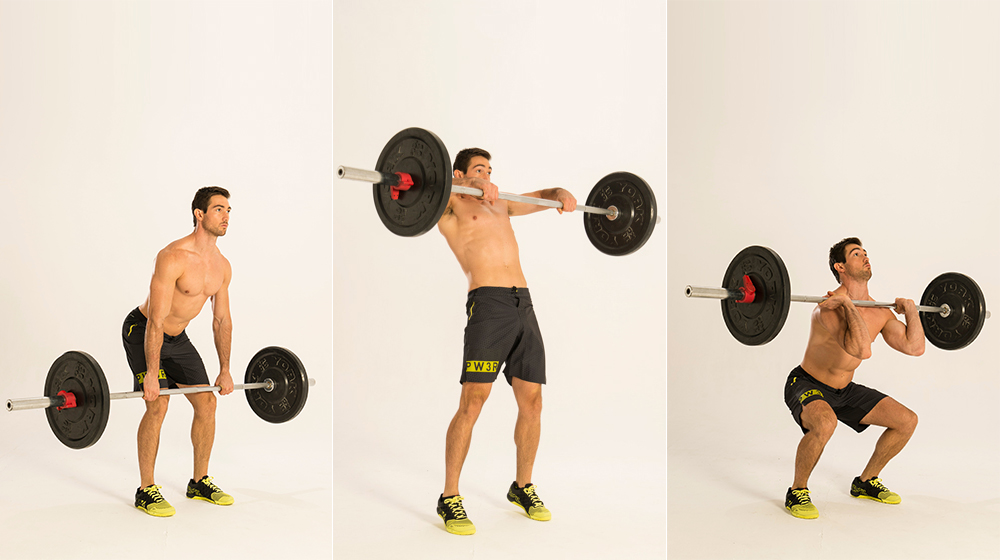It’s hard to imagine how a super-stretchy, sticky tape can aid in healing and improve athletic performance.
Yet, a legion of high-level athletes swear by Kinesio Taping.
Sticking Point #1: A brief history
In the 1970s, a chiropractor and acupuncturist named Dr. Kenzo Kase applied his innate understanding of internal pain and dysfunction through the skin to innovate Kinesio Taping.
Kase wanted to facilitate the body’s natural healing process. But he also wished to prolong the benefits of his chiropractic treatments, because patients were constantly telling him they felt great right after his treatments, but the benefits would diminish over time.
After some refinement in the late 70s, the Kinesio Taping Method grabbed the attention of the health care community. As the standard bearer of the developing method, Dr. Kase educated other healthcare practitioners on his technique, helping it grow throughout the following decades.
And while its beginnings can be traced back to the 70’s, kinesiotape only reached a mainstream audience during the 2008 Beijing Olympics where Kinesio USA donated 50,000 rolls of their tape to 58 countries. Even then, the stretchy adhesive only truly exploded onto the athletic scene after the 2012 Olympics, where 80 countries were seen using it.
Sticking Point #2: How it works
Kinesiotape is stuck directly to the body, like a second skin, supporting muscles and fasciae without hindering movement. Its heat-activated acrylic adhesive can be comfortably worn for several days, even in the shower.
Dr. Kase believed standard taping methods were restrictive and could actually exacerbate injuries, by inhibiting the flow of inflammatory fluids beneath the skin. Conversely, kinesiotape lifts the outer layer of skin, improving the flow of blood and lymphatic fluid to the injured tissue, and facilitating the removal of inflammatory substances.
Kinesiotape can be used to assist in healing the shoulder, upper arm, and rotator cuffs after injuries. It’s also used by runners to manage plantar fasciitis, ankle sprains, and shin splints. It has even been known to alleviate headaches.
Many athletes use the tape for injury prevention, as it promotes joint and muscle stability, along with proper movement, while keeping the muscles in proper alignment.
Athletes are fond of kinesiotape because it is a natural healing method, that doesn’t employ the use of any harmful chemicals, or impede their mobility.
Sticking Point #3: How kinesiotape helps
- Improves the contraction of weakened muscles
- Reduces muscle fatigue and spasms
- Reduces over-stretching and over-contraction of muscles
- Re-educates muscles through sensory feedback
- Lessens swelling by aiding the lymphatic system
- Minimizes post-traumatic or post-surgical bruising through improved circulation
- Helps mobilize scar tissue by enhancing glide between tissue layers
- Helps correct joint mechanics by aiding muscle function around the joint
- Relieves pain by activating the natural analgesic system in our skin receptors
If you’re interested in trying Kinesio Taping to treat a nagging sports injury or condition, contact SEMI today. Our trained physicians and physiotherapists are well versed in Kinesio Taping and can help determine the best treatment option to relieve muscle pain.






